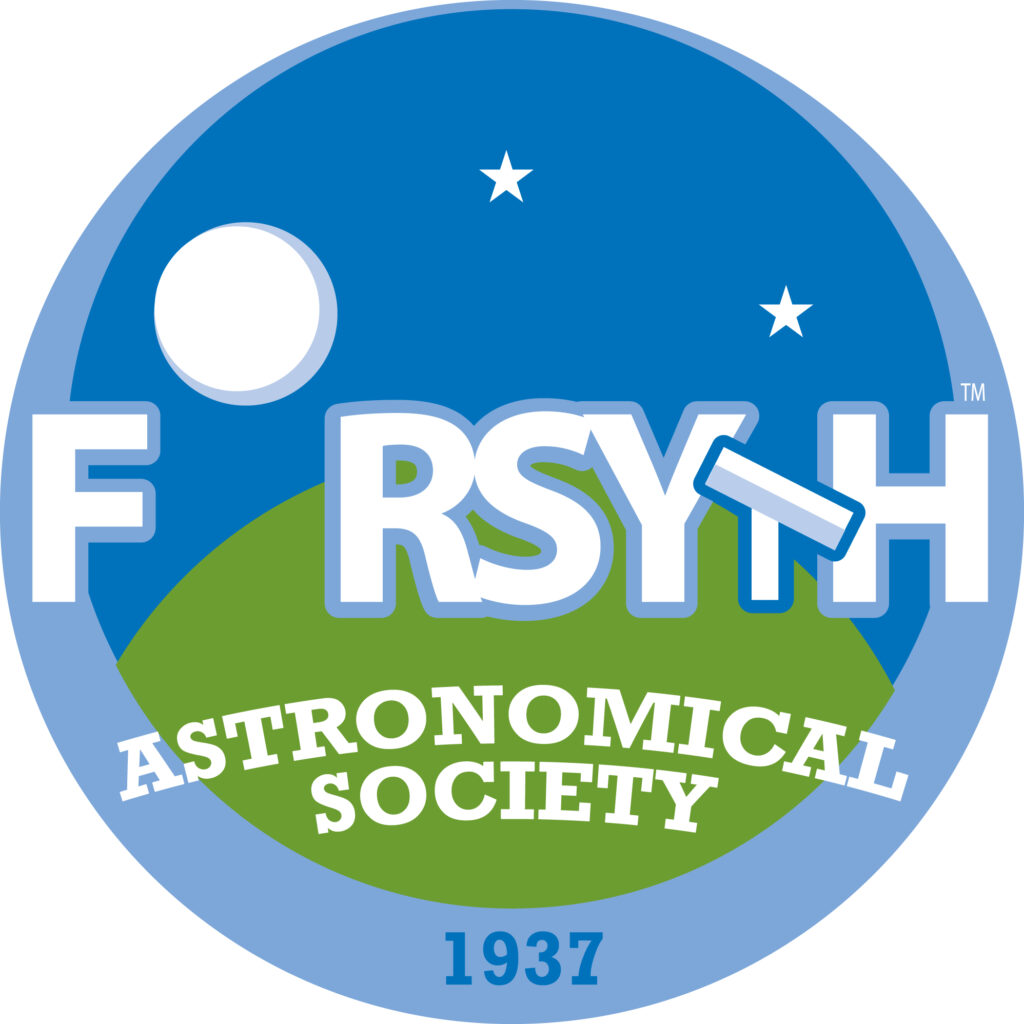Reflecting telescopes (containing mirrors) are great for beginners and experienced astronomers. They enable telescopes to have larger apertures with less size and weight than comparable-diameter refracting telescopes (containing lenses). One of the disadvantages of reflectors is that they have to be collimated from time to time. This is the process of aligning the mirrors to give you a sharp image. Fortunately, it doesn’t have to be done too often – usually only when your view starts to get a little fuzzy. Depending on your telescope’s construction and usage, collimation may need to be performed before each use, once per year, or maybe never. Some sources suggest performing collimation at the start of every viewing season.
The tools for collimating a telescope are rather simple. Most, if not all, reflectors come with a collimation cap. Many amateur astronomers purchase laser collimation tools that make the process a little easier. You might need a screwdriver as well.
Collimation is not necessarily a complicated process – although it could take a half hour or so. In all cases, you should always follow the instructions that come with your telescope. You might also find instruction online from your telescope supplier (see the videos below from Orion). And it doesn’t hurt to recruit someone who has some experience and can help you.
The very general process is:
- Position the telescope horizontally.
- Align the secondary mirror first.
- Align the primary mirror next.
- Check alignment and repeat steps 2 and 3 as necessary until successful.
Here are a few articles to help you with the process. Again, make sure to follow your telescope’s instructions.
- Niles Olof Carlin. “How to Align Your Newtonian Reflector.” Sky & Telescope. October 17, 2006.
- Tom Trusock. “How to collimate your telescope.” Astronomy Magazine. April 2, 2019.
- Martin Lewis. “How to collimate a Newtonian telescope.” BBC Sky at Night Magazine. September 22, 2020.
- Alan. “How to collimate a telescope – Quick Guide.” Odyssey Magazine. July 23, 2022.
- “How to Collimate a Telescope – Orion Telescopes and Binoculars.” Orion Telescopes and Binoculars/YouTube. January 5, 2011.
- “Collimation with a Laser – Orion Telescopes and Binoculars.” Orion Telescopes and Binoculars/YouTube. January 5, 2011.
- “SCT & EdgeHD Collimation Guide.” Celestron.
- “A Beginner’s Guide to Collimating A Newtonian Telescope.” Telescopes Geek.
- Gary Seronik. “A Beginner’s Guide to Collimation.” November 28, 2012.
- “How To Collimate A Telescope; Beginner’s Guide.” The Big Bang Optics.
- “How To Collimate Your Telescope.” Dennis Zylstra/YouTube. December 23, 2012.

